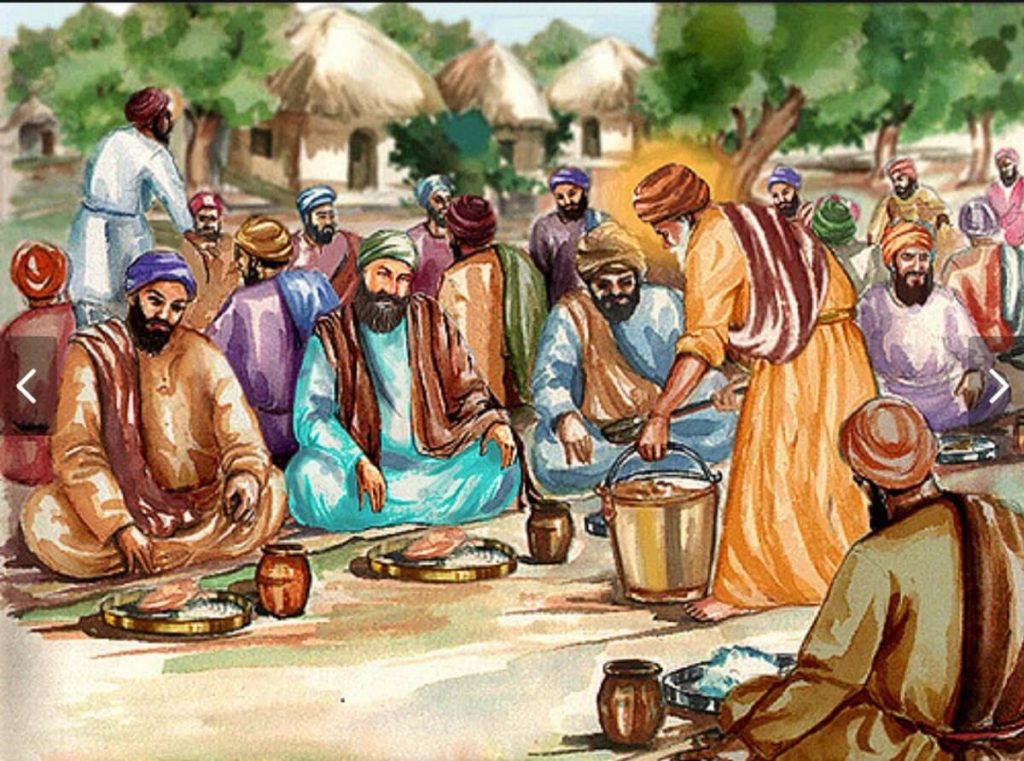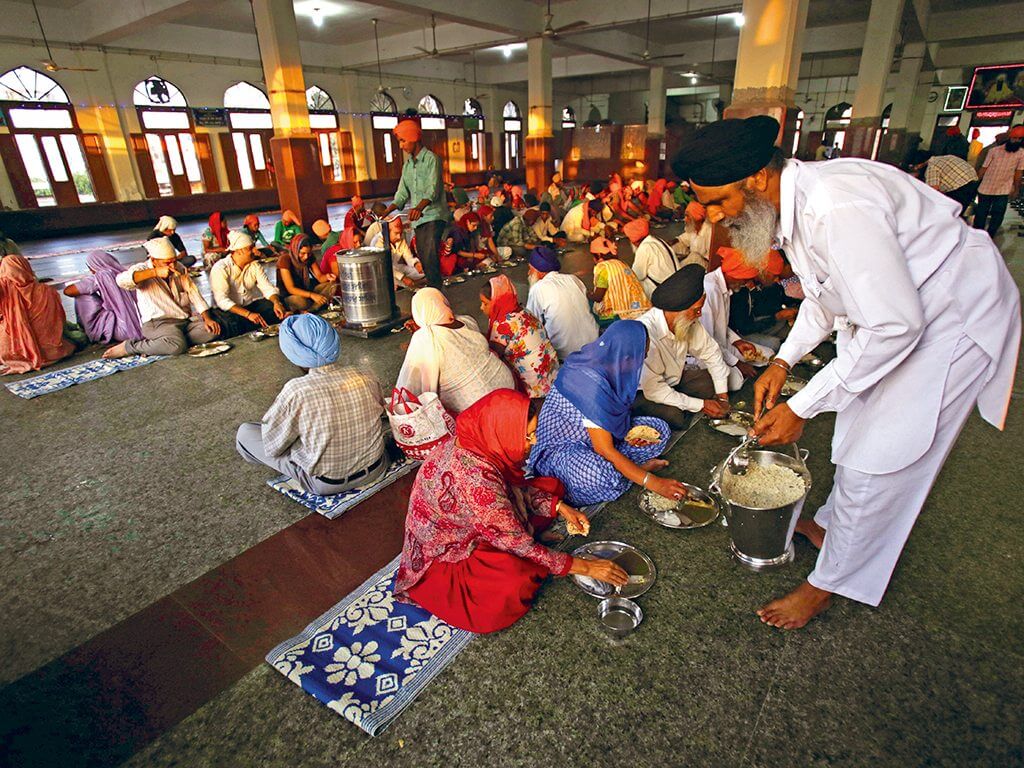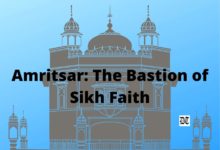Guru Nanak’s Langar or community kitchen shall help banish hunger from the world by 2030, one of the UN Sustainable Development Goals, says Seema. An exclusive for Different Truths.
Zero hunger is one of the 17 Sustainable Development Goals of the UN. In the article, Explained: How Guru Nanak’s langar is helping UN achieve its ‘zero hunger’ goal, published in The Indian Express, on Nov 16, 2019, Divya Goel, stated, “Several Sikh organisations like Khalsa Aid, Langar Aid, Midland Langar Seva Society, and others are now branching out to other countries where langar is used to provide nutritious meals to the undernourished. One such organisation is ‘Zero Hunger with Langar’ which is specifically working in two African countries — Malawi and Kenya — which are among the countries with the highest malnutrition rates among children and feature in the UN’s target list.”
One of the very impressive concepts in Punjab, in the Sikh religion, is the practice of community kitchen, Langar. Manan Kaur, writing in the Times of India, March 11, 2020, says, “Originally a Persian word, Langar translates as ‘an almshouse’ or ‘a place for the poor and needy’, is a community kitchen in the Sikh tradition.”
Sangat and Pangat promote among its practitioners a spirit of charity, humility, service to humanity besides a belief in universal brotherhood.
This practice of Sangat (togetherness) and Pangat (sitting in rows) is laudable because of its humaneness, spirit of equality, and oneness of all human beings. Under this practice, any visitor from any religion, caste, or creed, a male or a female, rich or poor, is served free meals in the Gurudwara. Sangat and Pangat promote among its practitioners a spirit of charity, humility, service to humanity besides a belief in universal brotherhood.
Though references to community kitchens or bhandaras are also found in the reign of King Chandragupta Maurya in the 4the century BC. The first Guru and founder of the Sikh religion, Guru Nanak Dev Ji developed this concept that came to be institutionalised as a part of the Sikh religion with a well-laid out procedure for the same.
Tracing the genesis of Langar, Manan Kaur writes in the TOI, “It is said that Guru Nanak when he was a child, was given a sum of 20 rupees and was told to visit the market by his father to do ‘Sacha Sauda’ (a good bargain). His father was a well-known trader of his village and wanted young Guru Nanak to learn the family business when he was just 12 years old. Instead of doing a worldly bargain, the Guru instead bought food with the money and fed a large group of saints who had been hungry for days and that is what he said was the ‘true business’.”

Under this custom, vegetarian meals are prepared in the gurdwara, or as part of a religious congregation, and served to all people alike, who sit on the floor and eat together.
Under this custom, vegetarian meals are prepared in the gurdwara, or as part of a religious congregation, and served to all people alike, who sit on the floor and eat together. People from all walks of life, rich or poor, high or low, also provide sewa or service in the preparation and serving of the langar food. This ritual, being a part and parcel of the religion, inculcates a belief in philanthropy, munificence, and concern for fellow human beings, in accordance with which many people follow it as a way of life and even donate a certain percentage of their earnings for community welfare. Gurbani mantras are recited while food is being prepared, hence making it divinely blessed, thereby called prasad. This food prepared and served as prasad blesses both the giver and the receiver.
This practice is followed not just in Punjab but in other parts of the country and other countries wherever Sikhs are there with devotion and zeal. I have seen many women and men, and even children from extremely well-to-do families going to the gurdwara early in the morning and work or provide sewa/service in the community hall for the food preparation in routine or on special occasions like gurpurabs, when there are large gatherings for langar to be catered to. While serving the langar to the congregation too, people of all age groups, from the elders to women to children can be seen participating in the service with great enthusiasm. In Amritsar, in the main gurudwara, The Golden Temple, there are on special occasions, lakhs of devotees who are served langar. To cater to them, huge machines and the latest modern gadgets are installed to facilitate the job at such a massive scale. Such arrangements can also be seen as an example of resource management too.
In the face of any natural calamity or community crisis also, this yeoman spirit comes to the fore and people come forward to feed the hungry and the needy by organising and running such community kitchens.
In the face of any natural calamity or community crisis also, this yeoman spirit comes to the fore and people come forward to feed the hungry and the needy by organising and running such community kitchens. This is usually done during floods, earthquakes, etc and one such example in recent times is the pandemic where the needy were served food in large numbers, especially during the migrant crisis.
Divya Goel in her article in The Indian Express, mentioned above, points out, “The langar kitchen at Sri Harmandir Sahib (Golden Temple) in Amritsar feeds nearly a lakh people a day daily. In Delhi, Sri Bangla Sahib gurdwara kitchen serves langar to 45,000-50,000 persons a day.” These are the world’s biggest langars.
Visuals from Twitter






 By
By
 By
By
 By
By